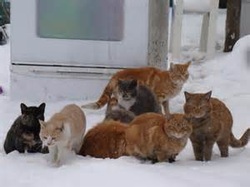
Having just dealt with a pregnant stray cat (see previous blog), I discovered that there is a new wave of thinking on FERAL CAT CONTROL. This is a blurb from Wikipedia. Trap-neuter-return (TNR), also known as trap-test-vaccinate-alter-release (TTVAR), is a method of humanely trapping unaltered feral cats, spaying or neutering them, and returning them to the location where they were collected. TNR is promoted by the American Society for the Prevention of Cruelty to Animals (ASPCA) as a humane and more effective alternative to euthanasia for managing and reducing feral cat populations.TNR is opposed by wildlife advocacy organizations, PETA, and conservation scientists. Advocates claim that the procedure works by stopping the birth of new cats in the colony and letting the colony members live out their lifespan, approximately six years for outdoor cats, with their own group. Opponents claim that TNR subsidizes a non-native predator responsible for the deaths of more than fourteen billion birds, mammals, reptiles, and amphibians annually in the United States alone.
When I first read about the idea, I thought this was going to be the solution for our stray female. I offered to go in with my neighbors and have her spayed and just return her to living on the streets. A few weeks went by and then we discovered she was pregnant. So the Neuter and Release was now no longer an option. Plus I had time to think about the damage to wildlife that outdoor kitties do. Going to various sites, I found that the option to Trap, Neuter and Release is being offered more and more. There are even barn cats available to adopt. These are in general feral cats that have been vaccinated, neutered and are ready to be someone's mouse/rat/gopher catcher. Sounds like a good idea. But what about the rest of the wildlife that domestic cats are responsible for killing? I do agree with neutering. I guess the hard part is returning to the wild.
This idea of neutering wildlife is also being tested with wild deer as a non-lethal white tail deer population control for urban environments. Many communities are coming around to the idea as culling deer populations through hunting encourages remaining deer to have more offspring as there is a greater abundance of food. Sterilization on the other hand returns deer to the community who will never get pregnant again. And, unlike deer who are killed, sterilized animals will continue to occupy their half-mile ranges, discouraging other deer from moving in. So in the case of the deer, there does not appear to be any reason not to do this. With feral cats, the question is more complex and I think requires a great deal more consideration.
When I first read about the idea, I thought this was going to be the solution for our stray female. I offered to go in with my neighbors and have her spayed and just return her to living on the streets. A few weeks went by and then we discovered she was pregnant. So the Neuter and Release was now no longer an option. Plus I had time to think about the damage to wildlife that outdoor kitties do. Going to various sites, I found that the option to Trap, Neuter and Release is being offered more and more. There are even barn cats available to adopt. These are in general feral cats that have been vaccinated, neutered and are ready to be someone's mouse/rat/gopher catcher. Sounds like a good idea. But what about the rest of the wildlife that domestic cats are responsible for killing? I do agree with neutering. I guess the hard part is returning to the wild.
This idea of neutering wildlife is also being tested with wild deer as a non-lethal white tail deer population control for urban environments. Many communities are coming around to the idea as culling deer populations through hunting encourages remaining deer to have more offspring as there is a greater abundance of food. Sterilization on the other hand returns deer to the community who will never get pregnant again. And, unlike deer who are killed, sterilized animals will continue to occupy their half-mile ranges, discouraging other deer from moving in. So in the case of the deer, there does not appear to be any reason not to do this. With feral cats, the question is more complex and I think requires a great deal more consideration.

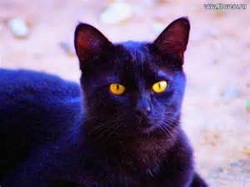
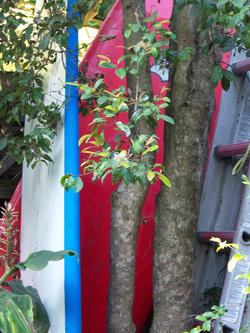
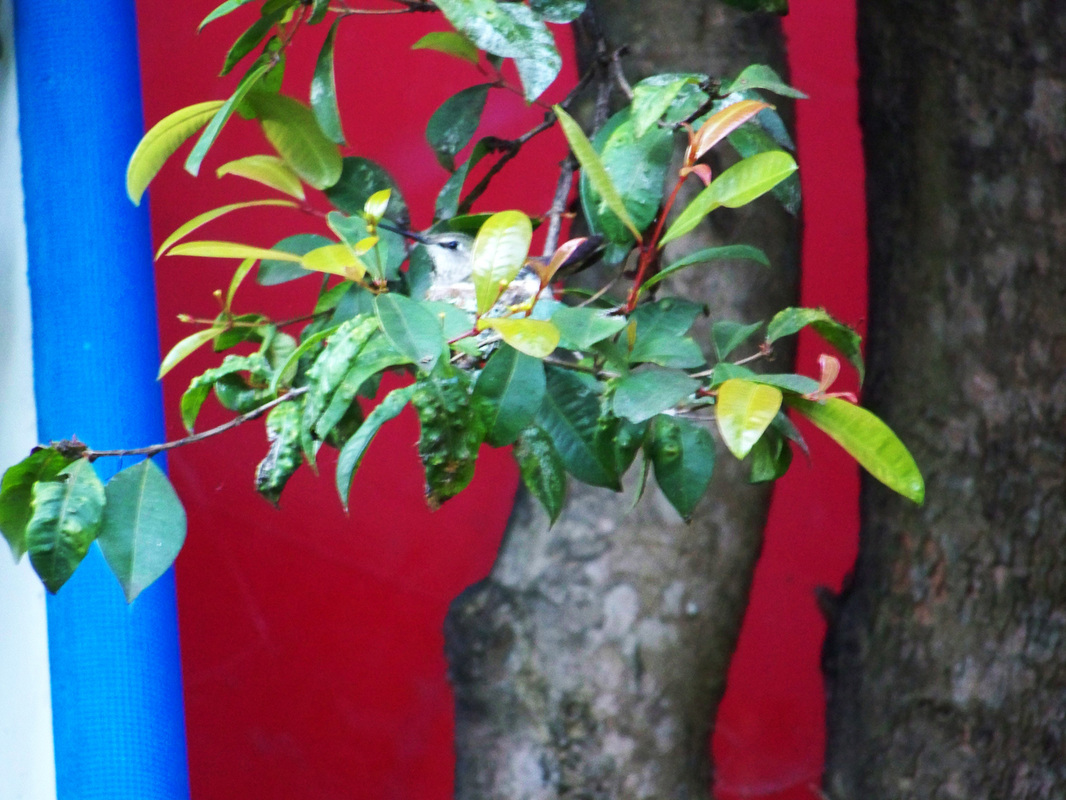
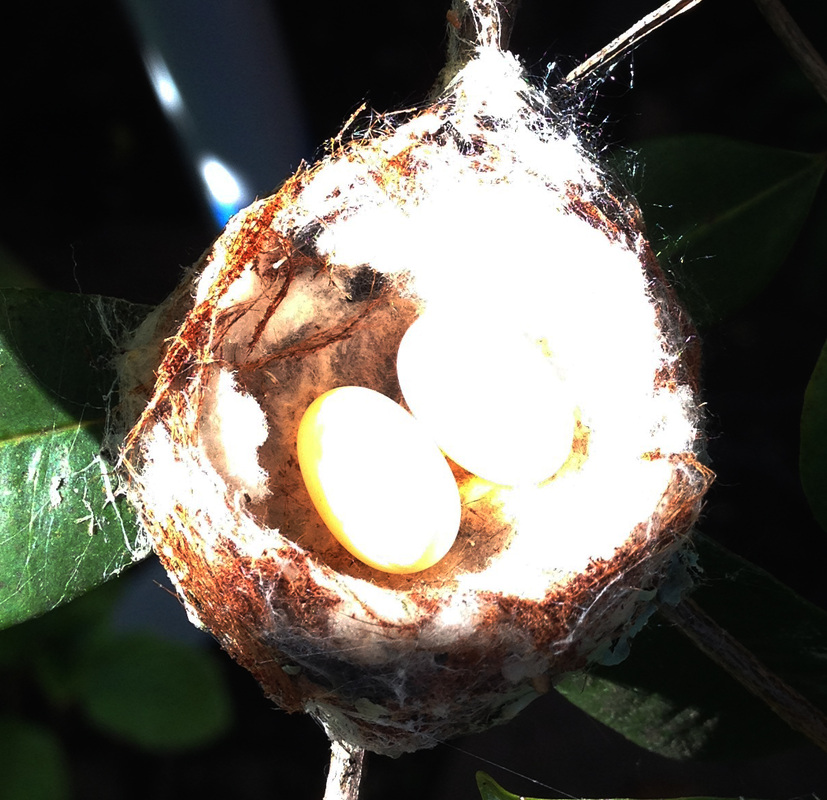
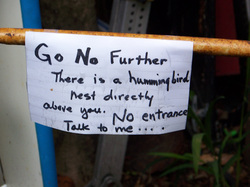
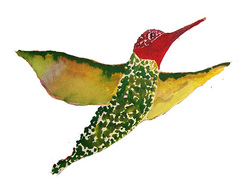
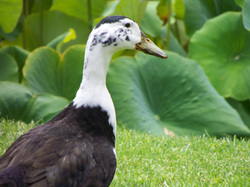
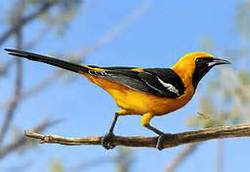
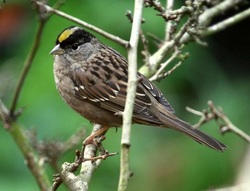

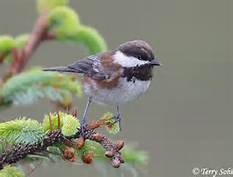
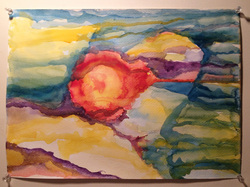
 RSS Feed
RSS Feed
